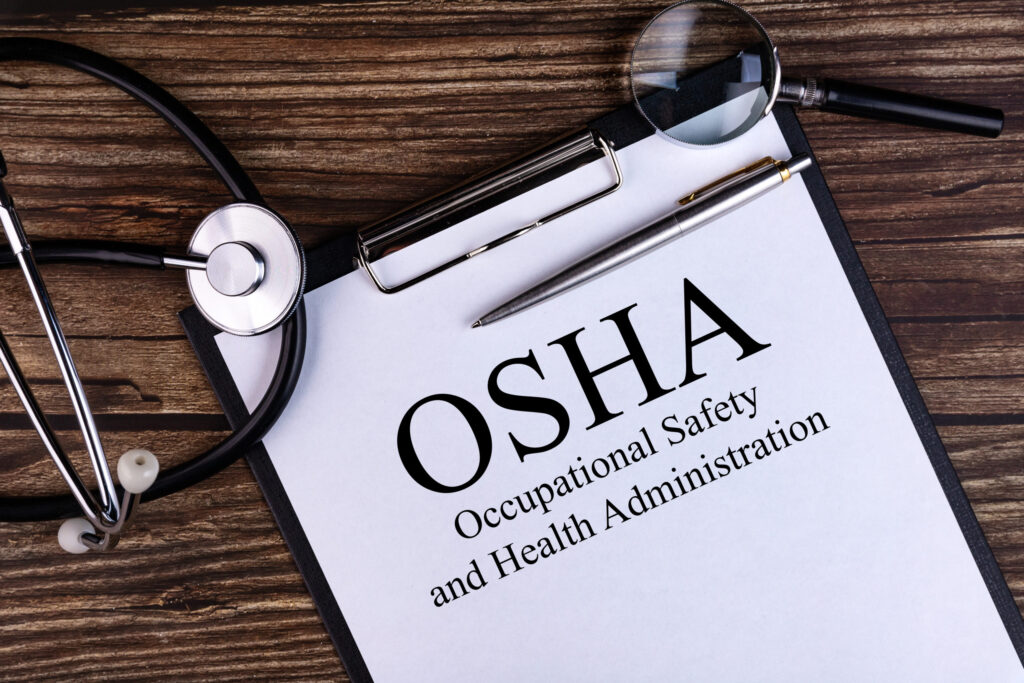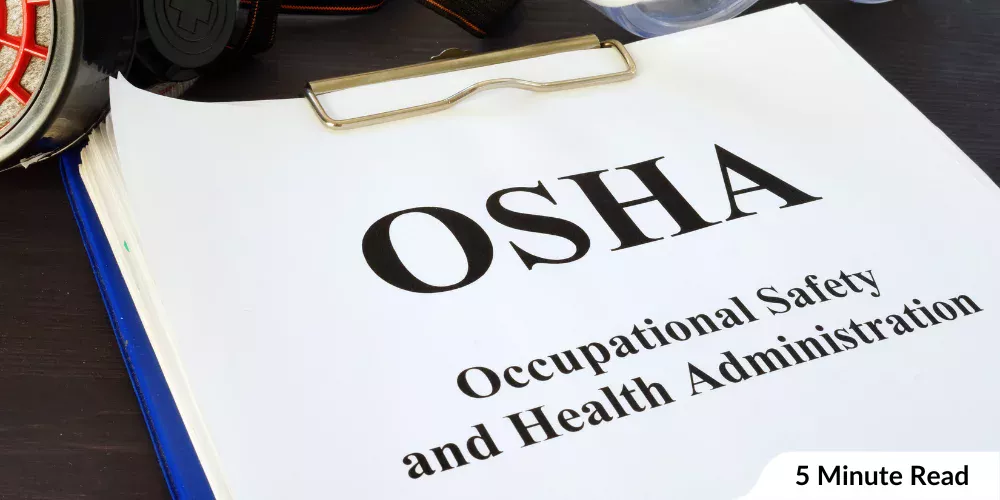The Occupational Safety and Health Administration (OSHA) plays a pivotal role in ensuring safe and healthy working conditions for employees across the United States. Workers who believe their workplace is unsafe or violating safety standards can file a complaint with OSHA. However, one common concern is whether complaints can be made without revealing one’s identity. In this article, we’ll explore how to file an OSHA complaint, the benefits of anonymous filing, and what happens after a complaint is submitted.
Understanding OSHA’s Role
OSHA, established under the Occupational Safety and Health Act of 1970, is a federal agency responsible for enforcing workplace safety regulations. It sets and enforces safety standards to prevent hazards that can cause injury or illness to workers. Whether it’s improper use of equipment, chemical exposure, or unsafe working conditions, OSHA addresses a wide variety of workplace risks.
In addition to enforcing regulations, OSHA also offers training, outreach, and education to help employers and employees improve workplace safety. If employees believe their safety is compromised, they can take the step of filing an official complaint with OSHA.
What Types of Issues Can Be Reported to OSHA?
OSHA handles a broad range of workplace safety concerns. Some of the most common issues reported include:
- Unsafe working conditions: This can include anything from faulty machinery to exposure to toxic substances.
- Lack of personal protective equipment (PPE): Employers are required to provide adequate PPE to their workers.
- Poor ventilation: Improper ventilation can lead to air quality issues, which may affect workers’ health.
- Fire hazards: Inadequate emergency exits or blocked escape routes are serious fire safety violations.
- Ergonomic hazards: Repetitive motions or improper workstation setups can cause long-term injuries.
When filing a complaint, it is crucial to provide detailed and specific information to help OSHA investigate the issue effectively.

Filing an OSHA Complaint
Anyone can file an OSHA complaint—whether it’s an employee, a representative, or even a third-party observer. Complaints can be submitted online through OSHA’s website, via mail, or in person at a local OSHA office. The process is straightforward, but it’s important to understand that complaints are categorized based on the seriousness of the hazard. Imminent dangers are prioritized for inspection.
To file, you need to include:
- The name of the business and its location.
- A detailed description of the hazard(s).
- How long the hazard has existed.
- The number of employees potentially affected.
But what if someone wants to file a complaint without revealing their identity?
Can You File an OSHA Complaint Anonymously?
Yes, OSHA allows workers to file complaints anonymously. If an employee fears retaliation from their employer, filing anonymously is a safeguard that can be utilized. Anonymous complaints mean that OSHA will not disclose the identity of the person who filed the complaint to the employer. This protection is critical for workers who feel they might face disciplinary actions, dismissal, or other negative consequences as a result of reporting unsafe working conditions.
To file anonymously, workers can select the anonymous option when submitting their complaint online or request it explicitly when filing by phone or mail.
The Benefits of Filing Anonymously
Filing anonymously offers significant peace of mind for employees who might otherwise feel intimidated. They can report hazards without fear of retaliation, such as being fired, demoted, or harassed. OSHA’s priority is to ensure that all workers have a safe and healthy environment, and anonymity ensures that fear of reprisal does not prevent someone from speaking out.
Potential Challenges with Anonymous Filing
However, there are some limitations to filing a complaint anonymously. One drawback is the potential difficulty in following up on the investigation. OSHA inspectors may need additional information to address the complaint, but without direct contact with the filer, they may be unable to get the details they need. This can slow down the process or result in an incomplete investigation.
What Happens After Filing an OSHA Complaint?
Once an OSHA complaint is filed, OSHA evaluates it to determine the level of risk. If the complaint involves an immediate danger, an inspection may take place within 24 hours. For less urgent issues, an inspection may occur within a few days to a few weeks. OSHA will notify the employer and take steps to resolve the issue, but the complainant’s identity remains protected if filed anonymously.
If OSHA finds that the complaint is valid, they may issue citations or fines to the employer, and corrective actions will be mandated to rectify the issue. The employee who filed the complaint can also stay informed about the case’s outcome, even when filed anonymously.
Protections for Workers Who File OSHA Complaints
OSHA’s whistleblower protection laws ensure that employees who file complaints are shielded from employer retaliation. This means that if an employer fires, demotes, or discriminates against an employee for filing a complaint, they could face legal consequences. OSHA takes these violations seriously, offering workers the option to file a separate retaliation complaint if necessary.
Real-Life Examples of OSHA Complaints
Consider the case of a manufacturing plant worker who noticed a lack of proper ventilation and reported it to OSHA. The complaint, filed anonymously, led to an inspection that uncovered several violations of air quality standards. The company was fined, and improvements were made, all while protecting the identity of the whistleblower. This shows the power of anonymous complaints in improving workplace safety.
Key Takeaways
Filing an OSHA complaint anonymously is a critical tool for employees who fear retaliation but want to address unsafe working conditions. While anonymous complaints can lead to challenges in follow-up, they offer protection and can lead to significant changes in the workplace.
FAQs
The whistleblower program ensures that workers who report safety violations are protected from retaliation.
File a retaliation complaint with OSHA immediately, as you are legally protected under OSHA laws.
The investigation timeline varies but typically ranges from a few days to several weeks, depending on the severity of the violation.
Yes, third-party complaints are allowed if you believe another person’s safety is at risk.
For most complaints, the filing must occur within six months of the violation.
Yes, OSHA protects all workers regardless of immigration status.
Read More: What is OSHA Negligence Duty Breach Harm

Jonathan Hartley is a highly regarded senior criminal lawyer with over 15 years of experience in the UK legal system. He began his career at a prestigious law firm in London, where he specialized in both defense and criminal law. Known for his ability to craft compelling defense strategies, Jonathan has successfully represented clients in high-profile cases and earned multiple awards for his contributions to the field of law.
In addition to his legal practice, Jonathan is also an accomplished legal writer, contributing articles to top legal blogs and online platforms. His work not only provides valuable insights into legal matters but also meets Google’s E-E-A-T standards by delivering accurate, reliable, and trustworthy information to readers. Committed to legal ethics and public welfare, Jonathan actively participates in discussions on law and justice while educating the public through his writing.










